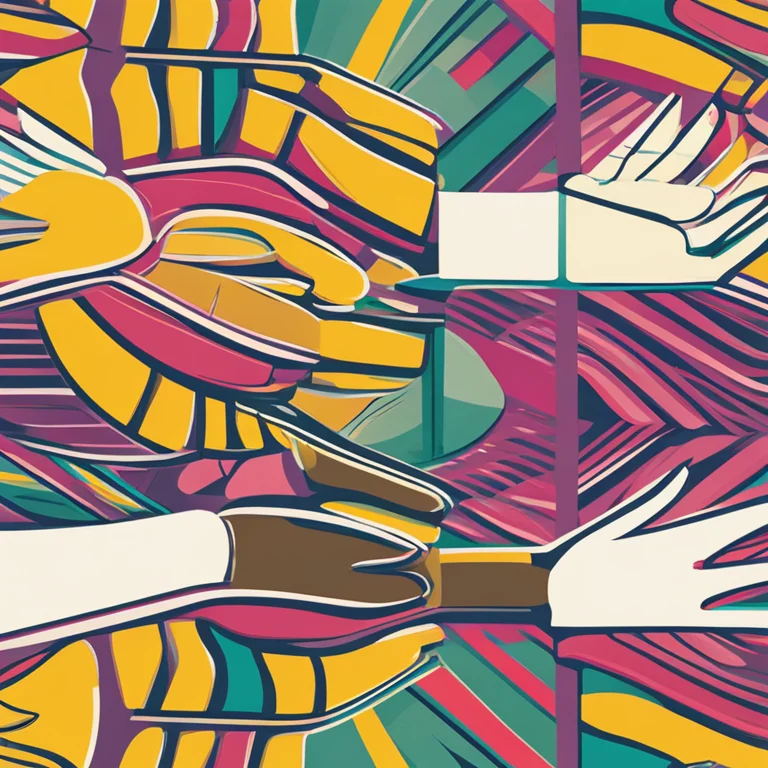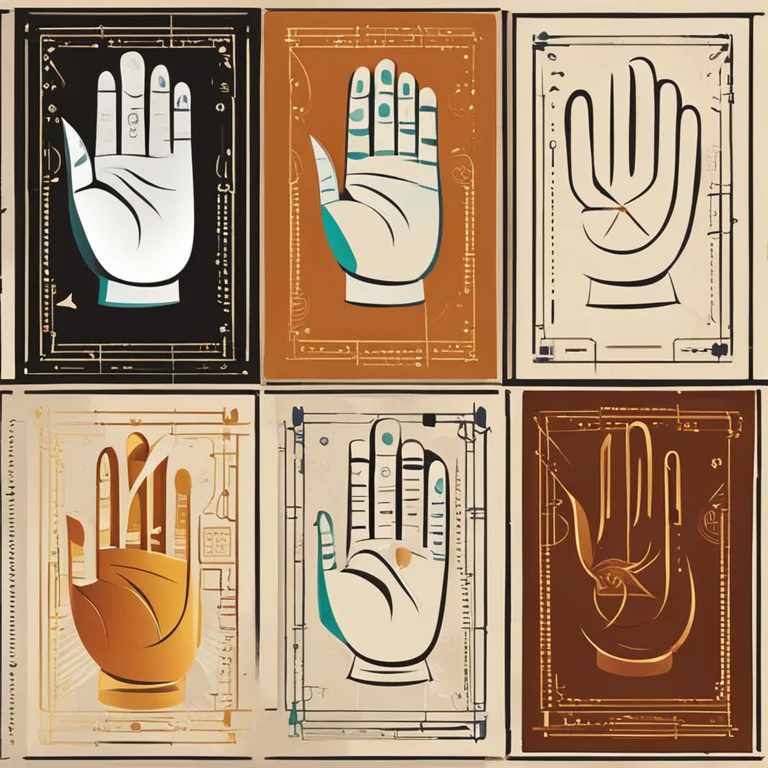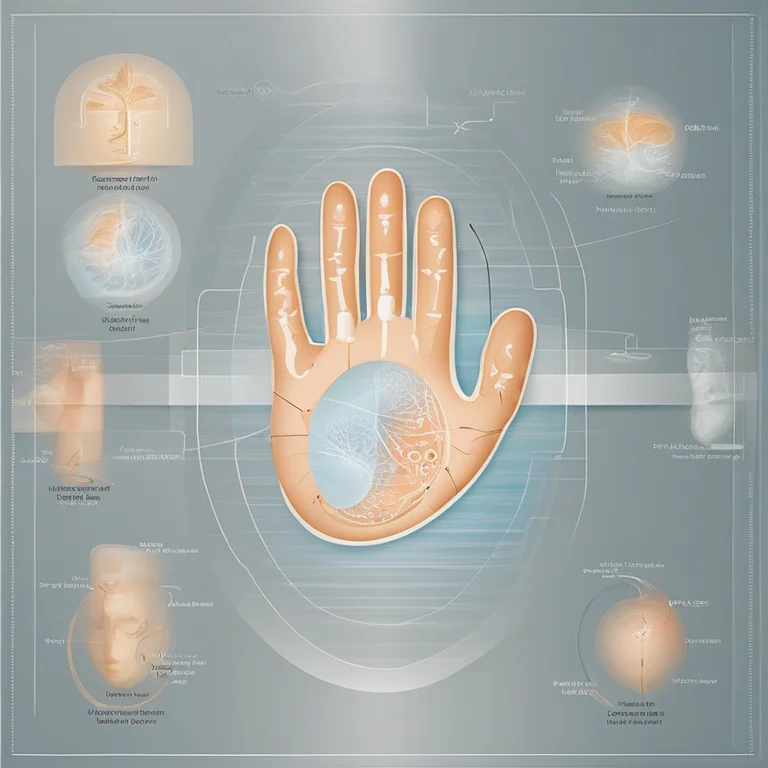
The Formation of Palm Lines: A Guide to Life's Prints
Discover how the intricate lines on your palm are formed and what factors influence their unique patterns in the journey of life.
article by Nora Pennington
The Science Behind Palm Lines
Palm lines, or palmar creases, begin to develop in the womb around the 12th week of gestation and are largely fully formed by the time of birth. These lines are the result of folding of the skin, which is necessary for the flexibility and movement of the hands. Distinctive to each individual, the patterns are influenced by genetic factors, environmental impacts, and even in utero movements. Advances in dermatoglyphics, the study of skin patterns on the fingers and palms, have shown that while there is a hereditary component, palm lines can also be shaped by an individual's unique development.

Inherited Patterns and Variations
Genetics play a significant role in the formation of palm lines. Parents pass down characteristics of their own lines, often revealing family traits. Research has unearthed specific genetic markers that influence the prevalence of certain line patterns. However, even identical twins with shared DNA can have variations in their palm lines, suggesting that heredity is not the sole architect. Embryonic hand movements and pressure points also affect the lines' formation, contributing to the personal narrative each palm carries.

Embryonic Development and Environmental Factors
The development of palm lines is a complex interplay between genetic predispositions and the environment inside the womb. Fluctuations in amniotic fluid levels, the baby's positioning, and the surrounding pressure as the fetus touches its surroundings all contribute to the palm's topography. As development progresses, these lines deepen and become more pronounced, etching a map that some believe can chart a person’s future health, personality traits, and life paths.

Palmistry Perspective: A Timeless Fascination
Palmistry, the practice of interpreting palm lines, dates back thousands of years. Practitioners believe that these lines hold the key to understanding an individual's character and fate. While the art is viewed with skepticism by the scientific community, it remains a topic of fascination for many. Proponents of palmistry argue that as fingerprints can reveal identity, palm lines may also unveil personal narratives. Despite the lack of empirical evidence, the allure of palmistry persists, intertwining the ancient practice with modern cultural exploration.

Modern Research and Discoveries
Research in the field of palmistry and dermatoglyphics continues to evolve. With the advent of sophisticated imaging technologies and genetic mapping, scientists are beginning to understand more about the connection between palm lines and certain medical conditions. For instance, specific patterns are often associated with genetic disorders, giving researchers valuable diagnostic clues. While the predictive capacity of palm lines regarding an individual's future remains a matter of belief, the connection between certain palmar features and personal health is an area of ongoing study.
The Evolution of Interpretation
As we march further into the 21st century, the approach to palmistry is adapting, with some practitioners combining traditional techniques with psychological assessment and counselling. Palm lines are increasingly seen as a starting point for conversation rather than a deterministic script of one's life. With this modern perspective, palmistry is transforming into a tool for reflection and self-discovery, grounded in personal significance rather than unalterable fate.
Published: 1/10/2024
Modified: 1/10/2024
More predictions
Come back here soon to learn more about yourself and your future


Guide to Palmistry: Interpreting Your Palm Lines
Discover the ancient art of palmistry with our comprehensive guide to reading and interpreting the lines on your palms.


Palmistry in Flux: The Nature of Palm Lines
Delve into the compelling world of palmistry and discover how your palm lines may change over time, reflecting personal growth and life shifts.


The Art of Hand Analysis
Discover the insights of palmistry through our article on hand analysis – your guide to the lines and shapes that reveal life's secrets.